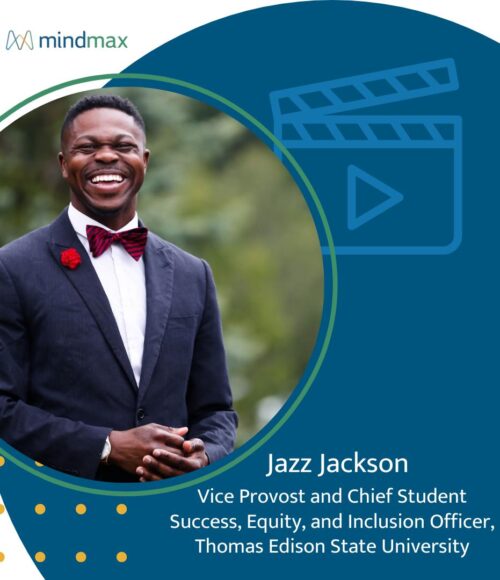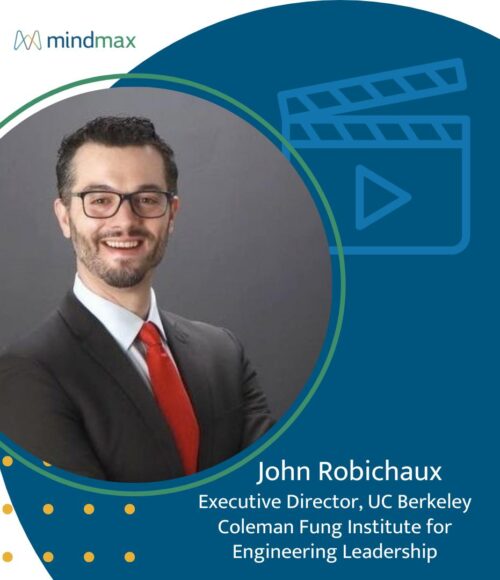What We Learned about the Learning Business in 2016
What We Learned about the Learning Business in 2016
Peter Senge talks about creative tension as existing between the power of vision and the power of truth, the difference between aspiration and reality. Looking back on 2016, there have been quite a few opportunities for the rise of creative tension between what has been the vision for higher ed and what the current reality is.
The one theme that has resonated wit the many educators, administrators and CLOs I spoke with over the past year is the value in schools learning to operate more like businesses. Agility and entrepreneurism are inherent in the Continuing, Professional, and Online world in which MindMax operates. That being said, tension still exists within many schools between open discourse and more cloaked conversations around mission and revenue and how to drive one without negatively impacting the other.
Is this a truly creative tension, or do we need a mediator?
What Does History Teach Us?
Adult learners have always sought out models that work for them in venues outside of established universities In colonial times, self-organized groups of learners seeking self-improvement gathered in the lyceum model. The first version of extension schools, in which lecturers and curricula were lent to groups of adult learners off campus, failed when it became clear that parent universities were unable to understand the needs of adult learners. Additionally, the competition for resources, dollars for programs, and the staff to teach them, became too great.
Today, schools that serve the new traditional learner continue to juggle resources, whether you are self-supporting, operating under an RCM model or as separate college, or functioning as a cost center to the university.
Are You Listening to Voice of Customer?
How much do we understand the needs of today’s adult learner as pertains to the current and future job market? According to a new Pew Research Center survey, 54% of adults in the labor force recognize the need to train and get new skills in order to keep up with changes in the workplace. Of the 35% who say they don’t currently have the skills they need, 27% already have a bachelor’s degree. Only 16% of all Americans, according to the study, believe that a four-year degree prepares students for a well-paying job.
Continuing, Professional, and Online schools and programs have the capacity to respond to these changing needs. To do so, to gain the efficiencies and flexibility required, these schools should start by assessing the value of their current catalog.
What is the Competitive Landscape?
As universities work to adapt and respond to the needs of the current and future workforce, new learning, delivery and business models are developed. These enhancements or challenges to the standard four-year model come from within and from without.
Think MOOCs and bootcamps.
When those 160,000 students signed up for Sebastian Thrun’s artificial intelligence course in 2011, they sparked the era of the MOOC; and for a few years, every school had to offer a MOOC. There were plenty of challenges to the model from within academia, but now that the dust has settled, MOOCs remain a part of the landscape, both inside higher ed and within corporate learning.
Thrun himself chose to turn away from a university-centric model to focus more directly on working with companies and helping people skill up and find (better) jobs.
Bootcamps present a different sort of challenge, a throwback, if you will, to traditional face-to-face, dare we say, vocational training. According to Course Report the market for coding bootcamps is expected to grow by 74% by year end. With an average duration of 3 months at a cost of $11K, these schools not only train students for specific careers, but many, such as General Assembly, report placement rates at well over 90%.
Continuing, professional and online education should be poised to not only fill a need but to lead the way within their schools to more effective offerings and the means by which to deliver them.
Otherwise, there’s plenty of company (and companies) ready to pick up the slack.
Talking about How Things Really Are
Whether we want to call prospective students “customers” or not, that is what they are: prospects who are becoming smarter about what they want and how they want to get it. Continuing Education units are becoming increasingly smart about how to not only think like a business but to work with business to meet the needs of the workforce.
MindMax will be hosting several events in 2017 to bring business and higher ed to address these creative tensions. We hope you will join and learn with us!
Related Ideas
Jazz Jackson Wants to Help Every Student Finish What They Start

John Robichaux Wants Lifelong Learning to Drive Public Impact
